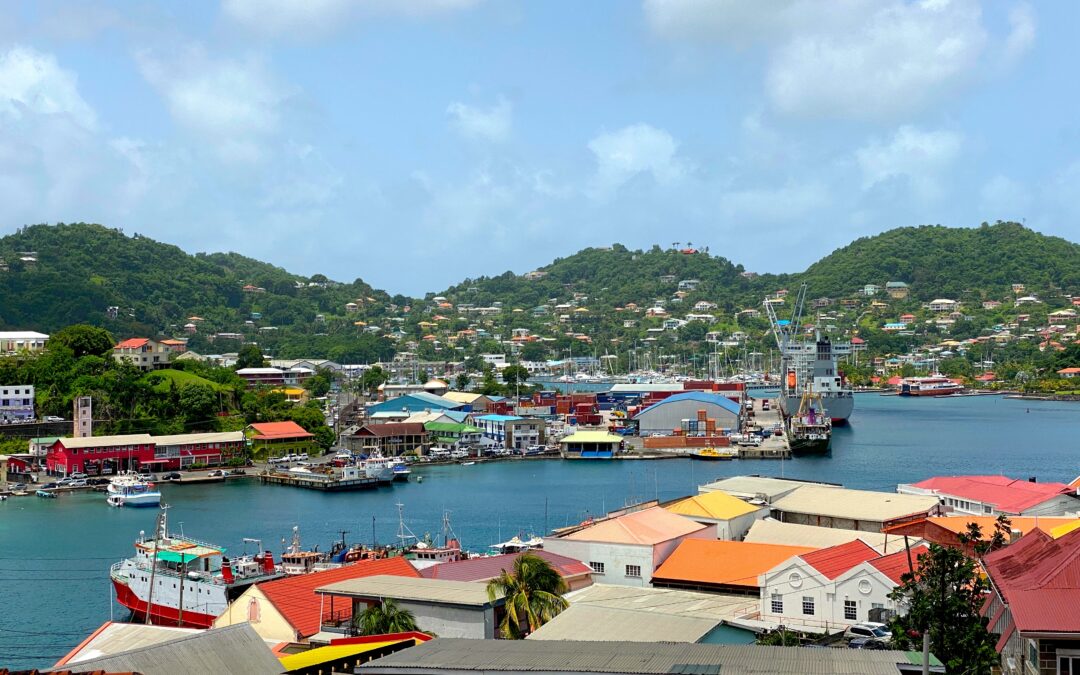Since its establishment in 2006, June has been designated Caribbean Heritage Month. Over the past six years, this dedicated month has grown in importance, serving as a platform to acknowledge and celebrate the remarkable contributions of individuals and cultural elements originating from the Caribbean region that have greatly influenced the United States. Encompassing 13 vibrant islands, each country has its own spark, placing its mark on American soil through delectable food, delightful music, diverse languages and extraordinary people. As we delve into Caribbean American Heritage Month, it has become increasingly apparent that culture plays a pivotal role in shaping marketing strategies and offers valuable insights for successful outreach.
Now, home to over 13 million Caribbean Americans within the US, the profound societal impacts of the Caribbean region have become increasingly visible to everyday citizens. As a US-born individual of Jamaican descent, I am keenly aware of the influence that resonates within my community. This is why I take note of how companies market to my demographic. While cultural symbols like carnival and Bob Marley undeniably hold significant value for the diaspora, it is essential to recognize that there is a wealth of cultural depth beyond these well-known icons.
Marketing a product or service to the Caribbean community requires a keen understanding of its abundant diversity, where both similarities and differences play pivotal roles. To effectively engage with this dynamic market, it is crucial to acknowledge not only the language and phrases that resonate with the audience but to adapt and tailor aspects of your offerings to cater to the unique needs and preferences of the demographic. This comprehensive approach involves going beyond mere translation and delving into the intricacies of local cultures, customs and traditions.
Prioritize local content and cultural aspects
Prioritizing local content and cultural aspects is paramount when targeting the Caribbean market. As someone with Caribbean heritage, I understand the deep sense of pride Caribbean nationals have for their country. Based on this, many companies that naturally cater to the region do very well amongst their consumers. By creating content that speaks to the region while implementing elements that are current to your intended consumer (music, food, current events, etc.), businesses can build awareness and credibility which helps to develop a higher client base. If a commercial needs to be made, utilize spokespeople or music that cater to the audience. Starbucks Jamaica, launched in 2017 with a focus on tourists, has now become a country staple with a mission to open around 25 stores on the island by prioritizing local workers and cultural design aspects within their stores along with local coffee distributors. For example, whereas the usual design for Starbucks locations in the US consists of the colors white, green and black, in Jamaica, the locations spotlight local art consisting of symbols such as palm trees and lions with a tropical twist.
Recognize that Caribbean Heritage is Diverse
While the descendants of the Caribbean share commonalities, the percentage of backgrounds differ significantly by country. For instance, Jamaica’s Indian population makes up 5% of the total population and Guyana’s makes up 44%. When marketing cultural and digital aspects for a country, it is important to note the backgrounds and interests you are targeting. When utilizing music to your advantage, if your demographic is the Trinidian population for example, maybe your best bet is to utilize soca. If you’re targeting the Puerto Rican population, reggaeton is possibly the way to go. However, amidst this multitude of racial makeups, there is an undeniable thread that unites Caribbean people: the profound importance of family, friends and community. Carib Beer, a company headquartered in Trinidad and Tobago, utilized this notion by creating a note to the importance of culture and heritage in a past commercial, with artists from the Caribbean – Shenseea and Kerwin du Bois. This piece spotlighted key characteristics of the region, from flags, to weather, and water, while putting family and community at the forefront. These values are deeply ingrained in Caribbean culture and should be thoughtfully embraced when engaging with the audience.
Harness the Power of Social Media
Social media has emerged as a vital avenue for connecting with the vibrant Caribbean community in the digital age. From Facebook, to Instagram and WhatsApp, these platforms have become ingrained in the daily lives of the region. To truly stand out in this dynamic landscape, companies can set themselves apart by engaging authentically and frequently to form higher-level connections. If a meme or popular catch line is making waves on the scene, utilize it in your next social campaign. If the popular phrase of a song is captivating the airwaves, try to incorporate parts of it in an upcoming TikTok or Instagram post.
In a recent collaboration with Digicel Jamaica, local artist Valiant, partnered with the company as a brand ambassador for a campaign that used his famous tagline ‘Rich Ah’ Lie’. This worked to gather more social engagement on featured platforms as locals are more inclined to react to what’s trending but also impels customers to participate in the call to action from the company. Images and videos are essential where many in the Caribbean prefer visual content to text. By utilizing the power of social media in a thoughtful and culturally sensitive manner, companies can forge meaningful connections, foster brand loyalty and elevate their marketing efforts to new heights within the Caribbean market.
Whether you’re marketing from within or outside of the Caribbean, do the research on each island you plan to market to and be intentional with your outreach. Make sure to understand the impact of your words and the influence of culture and subcultures within your target market, as local is the way to first, before one ventures out to larger markets.
